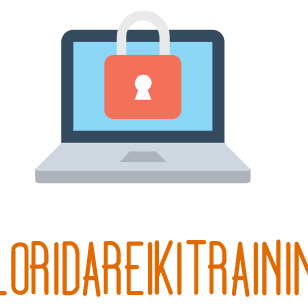– “Maximizing your Roth IRA Contributions: How Utilizing a Contribution Calculator can Help Plan for a Comfortable Retirement”

Maximizing Your Future: Understanding Roth IRA Contribution Calculations
Introduction to Roth IRAs
When it comes to planning for retirement, one of the most powerful tools at your disposal is the Roth Individual Retirement Account (IRA). A Roth IRA is a type of retirement savings account that allows your investments to grow tax-free, with the added benefit that withdrawals in retirement are not taxed as income. Unlike traditional IRAs, contributions to a Roth IRA are made with after-tax dollars. This means that there is no tax deduction for contributions, but the trade-off is the tax-free growth and withdrawal benefit.
The Importance of Calculating Contributions
Knowing how much you can and should contribute to your Roth IRA is crucial for maximizing the potential of your retirement savings. The Internal Revenue Service (IRS) sets annual limits on how much you can contribute to a Roth IRA, and these limits can change from year to year. Additionally, the ability to contribute to a Roth IRA is subject to income limits; if you earn too much, you may be partially or completely phased out of making Roth IRA contributions.
To ensure that you are taking full advantage of this retirement savings vehicle, it is important to calculate your contributions accurately. Over-contributing can result in penalties, whereas under-contributing means missing out on potential tax-free growth. That’s where a Roth IRA contribution calculator comes into play.
How a Roth IRA Contribution Calculator Can Help
A Roth IRA contribution calculator is a valuable online tool that can help you determine the exact amount you can contribute to your Roth IRA based on your filing status, income, age, and other retirement accounts you might have. By inputting your personal financial information, the calculator can quickly assess your eligibility and provide you with the maximum contribution amount for the current tax year.
Factors Affecting Your Roth IRA Contributions
Several factors can influence how much you can contribute to your Roth IRA. These include:
1.
Income Limits:
Your modified adjusted gross income (MAGI) determines your eligibility to contribute to a Roth IRA. There are thresholds above which the contribution limit is reduced, eventually phasing out completely for the highest earners.
2.
Contribution Limits:
The IRS sets annual contribution limits for Roth IRAs. For the 2023 tax year, for example, the maximum contribution limit is $6,500, with an additional $1,000 catch-up contribution allowed for individuals aged 50 or older.
3.
Filing Status:
Your tax filing status (single, married filing jointly, married filing separately) also affects your contribution limits and eligibility.
4.
Age:
Those age 50 and older can make additional catch-up contributions.
5.
Other Retirement Accounts:
Contributions to other retirement accounts, such as a 401(k) or a traditional IRA, don’t directly affect Roth IRA contribution limits, but having them might influence your overall retirement strategy.
Making the Most of Your Contributions
Once you know how much you can contribute to your Roth IRA, the next step is to develop a strategy to maximize your contributions. Here are some tips:
1.
Start Early:
The sooner you start contributing to your Roth IRA, the more time your investments have to grow through compound interest.
2.
Contribute Regularly:
Consider setting up automatic contributions to your Roth IRA to make regular investments throughout the year.
3.
Don’t Miss Deadlines:
You can make contributions for a given tax year up until the tax filing deadline of the following year, typically April 15th.
4.
Stay Informed:
Keep an eye on IRS updates for changes in contribution limits and income thresholds.
5.
Invest Wisely:
Choose investments within your Roth IRA that align with your risk tolerance and retirement timeline.
Navigating the Contribution Calculator
To use a Roth IRA contribution calculator effectively, you’ll need to gather some financial information. Have your most recent tax return handy, as well as any details about other retirement contributions. Fill in the requested information accurately to ensure the calculator provides the correct contribution amount for your situation.
It’s also advisable to use a calculator provided by a reputable financial institution or a trusted financial advice website. This ensures that the calculator is up-to-date with the latest tax laws and contribution limits.
Conclusion: Securing Your Retirement
By understanding Roth IRA contribution limits and using a roth ira contribution calculator to determine your allowable contributions, you can take a proactive approach to retirement planning. Remember, the decisions you make today can have a significant impact on your financial security in retirement.
Contribute thoughtfully, invest wisely, and keep abreast of changes to retirement savings rules. By doing so, you can help ensure that your retirement years are as comfortable and secure as you envision them to be. With careful planning and a clear understanding of Roth IRA contributions, you’re on your way to building a robust and tax-efficient retirement nest egg.




